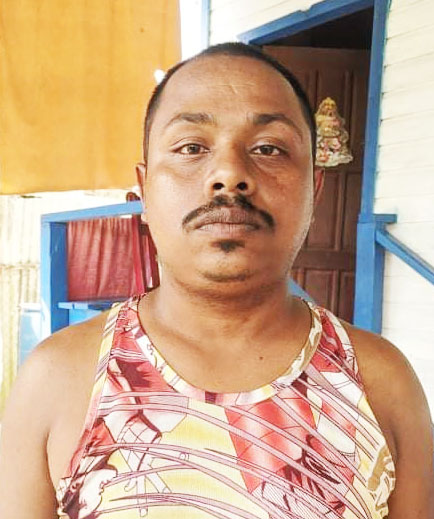Introduction
In the last week, Stabroek News has carried several articles on the deplorable conditions encountered by residents in mainly rural coastal communities. These reports covered almost identical issues in Regions 3, 4 and 6. Essentially, the state of the existing infrastructure in these communities provides an illusion for residents and farmers, alike, during the dry seasons. However, it is during the wet or rainy season that the conditions in the communities seem to transform, and then begin to assume the appearance of natural disaster sites. In summary, the conditions can be reduced to the following: streets, yards and homes are at risk of flooding, deplorable roads play host to ponds or craters (and in some instances, both) posing risks to pedestrian traffic as well as mechanized transportation (for taxis and farmers), and in the case of the story our journalist is covering below, the presence of poisonous reptiles that, according to one resident, have actually resulted in the deaths of two residents.
Phase 2, Belle West
Belle West Housing Scheme Phases 1 and 2 are situated on the West Bank of Demerara, and the community has been in existence for more than a decade. Its population is approximately 5,000 persons, and, in the front of the community, a squatting area is now beginning to emerge; residents say that Venezuelan migrants occupy this section. For access to water, residents from Belle West and other communities in Canal Number Two depend on a water pump station situated almost at the end of Canal Number Two. Residents of the community on Wednesday took Stabroek News on a tour where our reporter was exposed to various sections of the scheme and the tortuous experiences that residents recounted.


